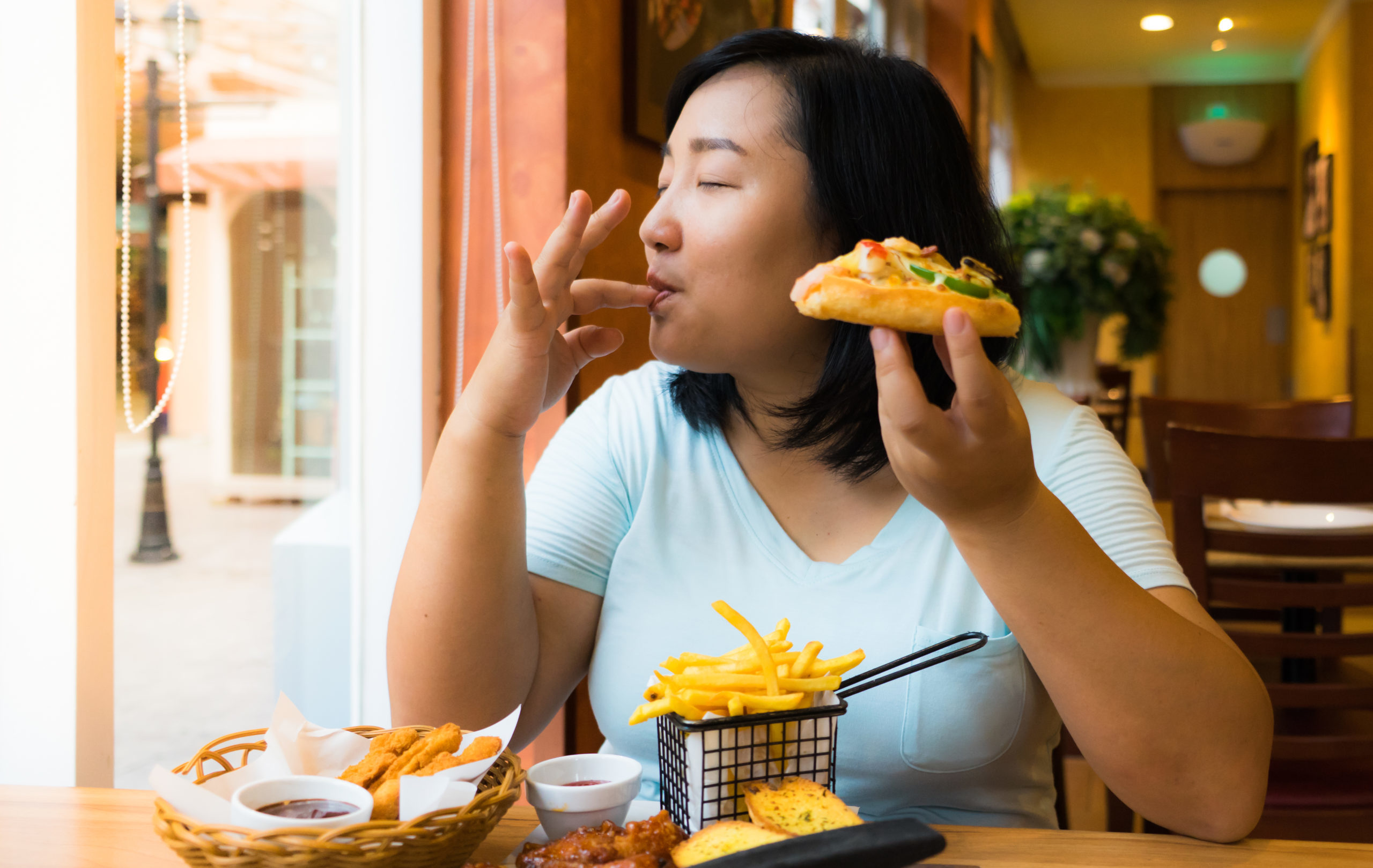Let Them Eat Little Debbies
Is home cooking an upper-class luxury?

Apparently, it’s now both regressive and elitist to do your own cooking. Taking a hobbyish pleasure in preparing a roast is not only insulting to the lower classes who can’t access the same tools, but even worse, it’s gender normative. How dare I, a woman, have opinions about protein content in flour or how many times a chicken breast should be flipped when cooked in a saucepan? It’s so housewife of me.
When a mid-sized anonymous Twitter account made the argument on Monday, concluding that the real revolution will not be in home kitchens but in restaurants, the person behind it was promptly rebuked by thousands of Twitter users from every wing of the political mansion. Only a handful of radicals stood publicly by the tweet author. But note that even as they publicly disavow such an extreme example, an idea that home cooking is an upper-class luxury is still held in practice by many Americans.
That is especially true when it comes to farm-food culture and the backlash against it. The days of farmers’ markets being a leftist thing seem to be over. Homesteaders, homeschoolers, and the very online right (this writer included) have united behind the cause of returning to traditional diets and forms of food preparation, such as buying your meat from a local farm, growing your own vegetables, and even rendering your own fats. This has been bashed for being elitist and impossible, never mind the fact that several of these recommendations are more economical when done well—and much closer to how our grandparents lived just two generations ago, in the Great Depression.
The suggestion, of course, is that middle- and lower-class Americans can’t afford to eat healthfully, which almost always involves eating at home, and shouldn’t be expected to. So let them eat Little Debbies.
This is reflected in politics as well as pop-culture. Think about the last campaign ad you watched. If the candidate was an old-school Republican, after engaging in slow-motion tumbling with his kids on a lush green lawn, the politician likely joined his wife in the kitchen to bake homemade cookies. If she was a Democrat, meanwhile, she probably strolled into a bodega to get something premade. Joe Biden has made much of his presidential brand off ordering at an ice cream shop. These appeals to the common man imply something not just about the voter base each party has historically targeted with such ads, but the assumption present in both: homemade is an aspirational indulgence.
And indeed, as the Wall Street Journal reported Monday, compared to restaurant prices today, home cooking is a luxury. The inflationary gap between restaurants and grocery stores is now the widest it has been since the 1970s, which is why, despite labor shortages, longer wait times, and a 7.6 percent increase in prices, restaurants are faring better than grocery stores. As supermarket prices have increased 13.1 percent, and cooking your own food takes valuable time, more average Americans have found they can save money by paying someone else to do the work.
Subscribe Today
Get daily emails in your inbox
A friend of mine likes to say that every problem in the modern world can be boiled down to frozen peas. The bag of frozen peas is the epitome of our culture’s approach to food, in which efficiency, rather than health or enjoyment, is the highest good. The luxury of home cooking is not only the cost of the ingredients, which restaurants can buy in bulk and closer to the source, but also the time it takes to cook them. Our modern economy does not afford men, nor most women, the hours that good home cooking requires, since these hours must always come above and beyond those spent for pay. So instead, we eat out, or use shortcuts—frozen peas.
We should note that the people going to restaurants are solidly middle class, and they’re not just eating fast food. The Journal reports that Americans making $75,000 per year and above are choosing Chili’s over casseroles. They are eating cheap alternatives to home cooking, but they still choose a sit-down meal; this is not merely a McDonald’s drive-through phenomenon. Why does that matter? Because it suggests this decision is not about paying the lowest possible price. As long as middle-class Americans can afford to eat their dinner at a table, they will.
What is the matter with eating out more often, anyway? Taverns go back about as far as anything. But even if there weren’t differences in quality between home-cooked food and eating out—and there are—quality-of-life differences develop when the public house becomes your kitchen table. While most of us would laugh at the Twitter proposition that the real revolution is eating at Applebee's, a rejection of the home as the hub of the food economy is indeed a revolutionary idea.
Comments